Property crime
Property crime accounts for nearly one half (46%) of conventional crimes.
The number of robberies, as the most serious violent property crime, is decreasing. Vehicle thefts are also registering a downward trend, but we need to exercise caution, because this criminal offense belongs to organized crime activities that cause big material damage and bring significant proceeds.
Property crime, which is present in all societies regardless of their level of economic and social development, is the most direct threat to the material security of citizens and legal entities and largely affects the general state of public safety. The prominent social danger of this type of crime is primarily the result of its frequency and great material damage it causes. Economic, social and security factors have the prevailing influence on the commission of property crime.
Property crime accounts for nearly one half or more precisely 46% of all classical criminal offenses. Between 2019 and 2022, about 32,000 property crimes were committed on the average every year. The most serious, violent property crimes account for about 3% of all property crimes.
Robbery
Robbery is a violent criminal offense and one of the most serious property crimes. In the observed period, the criminal offense of robbery registered a downward trend, reducing by more than 40% in 2022 against 2019. The perpetrators of robberies most frequently belong to the 21-30 age bracket, followed by the 31-40 age bracket. Some of them are drug addicts and persons without steady jobs. A smaller number of perpetrators were juveniles. Female perpetrators account for about 5% of the total number. There were 2,711 victims of this crime, including 1,299 women.
The number of robberies is proportional to the density of population and number of facilities targeted by attacks. Most robberies are committed at shops, on the streets and in residential buildings. Facilities that use cash in their operation, particularly banks, post offices, exchange offices, betting shops and casinos, as well as sales outlets at major city centers, are robbed because of their greater concentration in relatively small areas. An additional “convenience” lies in the fact that despite the use of credit and debit cards, they have more cash in daily operation than other facilities.
The use of security and technical devices for the protection of buildings (special doors and locks, bulletproof armored glass, alarms, electronic key locks, metal detectors, cash registers and safes, double entrance doors, money cases, etc.) has led to the reduction of robberies. We should also mention a greater use of “smart” video surveillance systems, which largely contribute to the effectiveness of investigations of these crimes and to their better prevention. Special armored vehicles equipped with electronic and mechanical protection systems (video, audio and GPS monitoring from the command center, specialized safes, etc.), which are used for the transportation of large amounts of money, largely make money transfers safer. Consequently, facilities where technical devices either do not exist or do not work remain the most frequent targets of robberies.
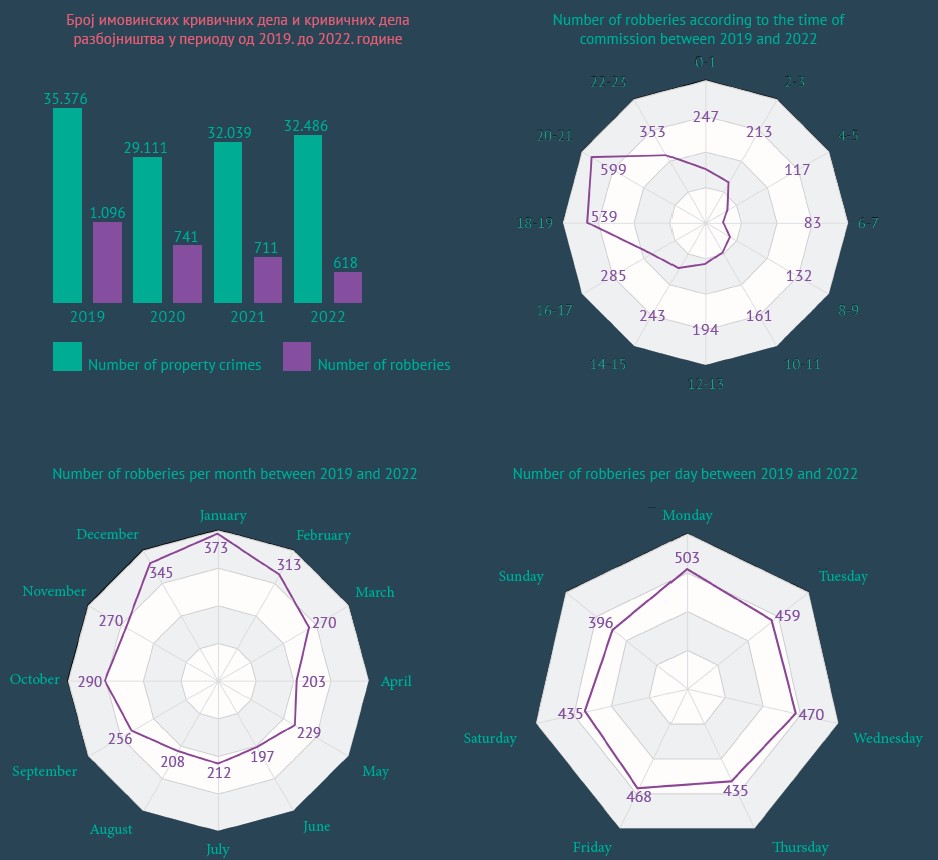
Vehicle Theft
In the period between 2019 and 2022, the number of vehicle thefts significantly reduced in Serbia. A constant drop in the number of stolen vehicles was registered, which can also be seen from the number of vehicles, which was lower by 21.5% in 2022 against 2019.
Accounting for 79%, passenger vehicles are still the most stolen vehicles, although their number has been decreasing from one year to another. Freight vehicles account for 7.7%, and motorcycles for 2.9% of all stolen vehicles, which means that they were stolen much less. Most of the stolen vehicles (30%) belonged to the Volkswagen program (one of the factors is a constant demand for their parts), and the Audi, Renault and Opel programs.
Stolen vehicles originate from Denmark, Sweden, France, Germany, Austria, Czechia and Italy, and transit through Slovenia, Croatia, Serbia, Romania, Montenegro, Bosnia and Herzegovina, Bulgaria, Poland, Slovakia and Hungary. Once the documents and identification markings of the vehicles are counterfeited, some of them remain in Serbia, while others return to EU member states, and yet others are transported to Bosnia and Herzegovina, Montenegro, North Macedonia, Albania and Turkey. A number of stolen vehicles end up in the territory of AP K&M. Vehicles stolen in the territory of Serbia are smuggled to European countries.
One of the criminal groups’ MOs is to use fake IDs to rent vehicles from rent-a-car agencies in EU member states. Rented vehicles are brought to the territory of Serbia, where the chassis and engine numbers are modified, forged documents are created accordingly, and the vehicles are then sold.
Criminal groups also open fictitious companies abroad and take vehicles on leasing, only to bring them to Serbia once they have paid several monthly installments. After counterfeiting the identification markings of these vehicles and preparing fraudulent documents, the vehicles are sold and the companies opened for this purpose are closed, while leasing and insurance companies lose the value of the vehicle.
In addition to this, the thefts of expensive vehicles are frequently faked for the purpose of collecting insurance, while stolen vehicles of lower value are disassembled and their parts are sold at legal and illegal salvage yards and car markets. During preventive checks, parts were found, as well as vehicles with altered or obliterated chassis and engine numbers.
Parallel with the development of vehicle protection devices by manufacturers, new tools used in car theft are constantly invented. Car break-in tools are widely present because they can be purchased online. Most of these tools arrive from neighboring countries, as well as from Poland and Bulgaria, and frequently also from the People’s Republic of China and EU member states, while some of them are made in Serbia.
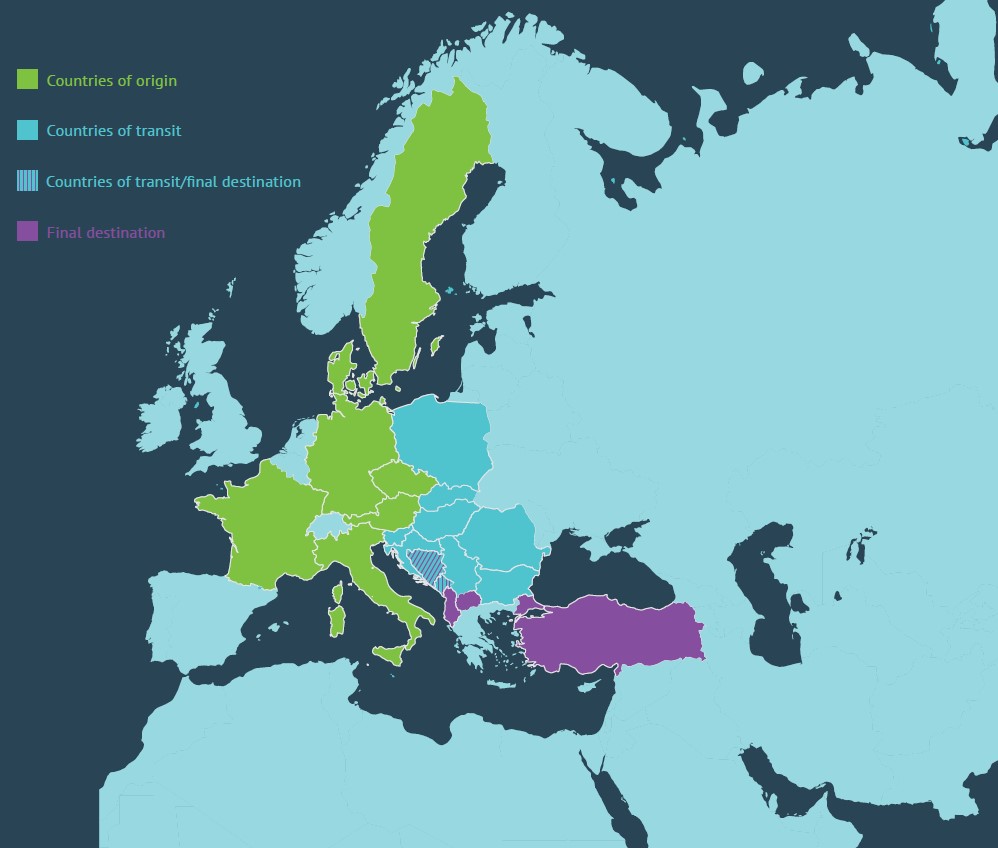
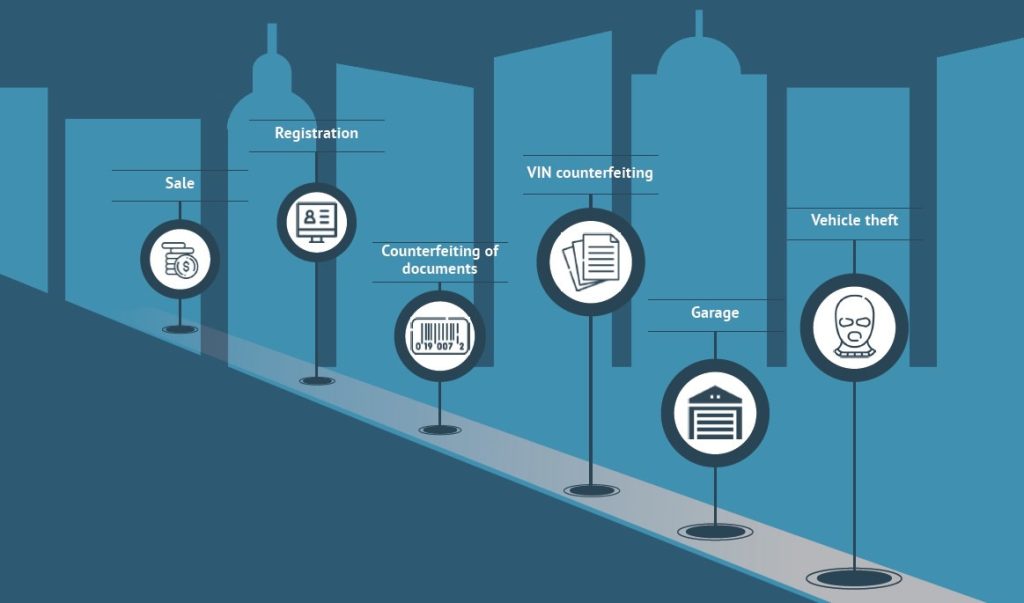
The development of luxurious, expensive vehicles with keyless entry systems and “smart” locking and starting keys has resulted in the new ways of commission of this criminal offense and increased the risk of theft of such vehicles. Namely, devices that operate on the principle of relay, made up of two components, or two separate devices, have appeared on the market of tools used for car theft. One component receives the vehicle’s smart key signal and transmits it to the other which then acts like the original key and has exactly the same functions. The relay receiving the signal of the original key, however, must not be more than 5 meters away from the key, unless it is reinforced with additional antennas that allow for greater distances.
In August 2023, a criminal group which was stealing camper vans in EU member states was arrested. They affixed stolen license plates to the vehicles and brought them to Serbia to pre-prepared workshops where the camping section was detached. The detached section was then mounted on the front part of a freight vehicle legitimately registered in Serbia. After that, they changed the purpose of the vehicle and sold it, earning significant proceeds.
A large number of key programming tools or key programmers are used for different makes and types of vehicles and software update inlets have been installed in some of them of late. The majority can program keys for different types of vehicles within the same model or group (VAG group, which includes Volkswagen, Audi, Seat, Škoda, Bentley, Bugatti, Lamborghini, Porsche vehicles).
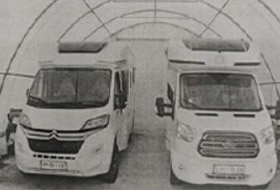
Once they enter the vehicle, the perpetrators connect to on-board diagnostics (OBD) system and thus access the vehicle’s computers and program the keys which they can then use to start the vehicle or to change the vehicle’s electronic safety features.
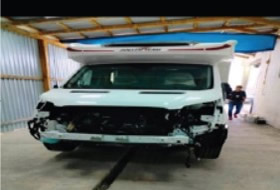
Some of the programming devices do not delete the old codes, but program the additional key with the same safety features as the original one.
Police undertook measures aimed at shedding light on and preventing grand larcenies and other property crimes such as theft and aggravated theft.
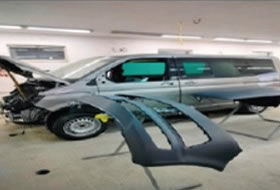
One of the preventive operations was conducted in the previous years on international Corridor 10, which covers the E-75 and E-70 highways through the Republic of Serbia, where special emphasis was laid on parking spaces, gas stations, restaurants and rest areas along the corridor. The operation was intended to maintain the security of all passengers transiting through the Republic of Serbia towards North Macedonia, Greece and Bulgaria during the tourist season.
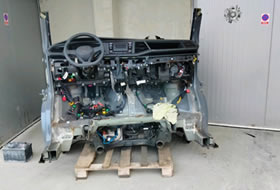
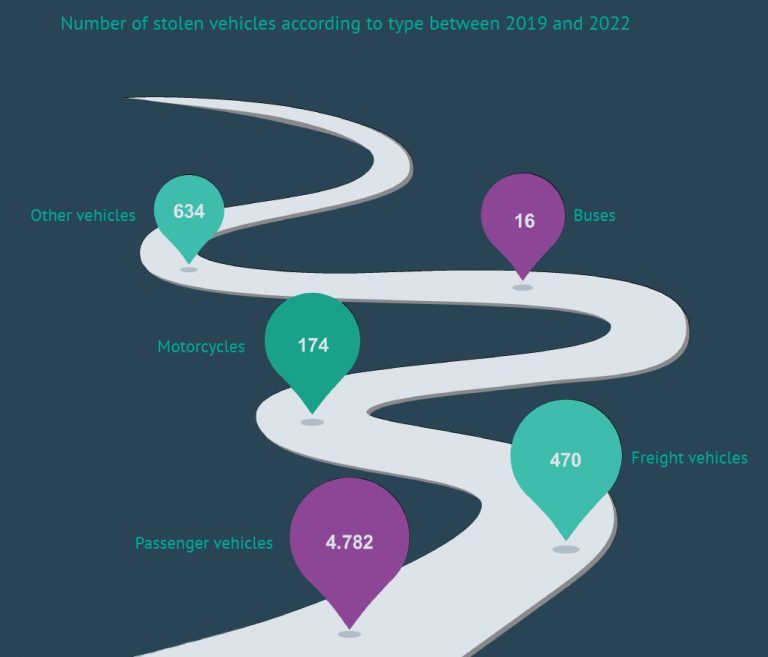
Expected Future developments
► Observing the current developments regarding the criminal offense of robbery, one can expect that the downward trend will continue, especially at facilities that use large amounts of cash in operation, as a result of an increasing implementation of physical and technical security measures and devices.
► Although the number of vehicle thefts is dropping, this issue requires constant attention because this is an organized criminal activity in which innovative technical devices are used, new methods of commission are emerging, considerable material damage is caused, significant financial gain is obtained with the aim of including it into legal flows and there is also recidivism, which is a common feature of perpetrators of this criminal activity. Serbia will continue to be the country of destination and transit for vehicles stolen abroad.
► The development and appearance of new sophisticated tools used for vehicle theft that keep up with the development of the vehicle theft protection system is expected. Greater use of hybrid and electric cars may put this category of vehicles at an increased risk of theft. The number of stolen vehicles will also depend on the demand for car parts.


